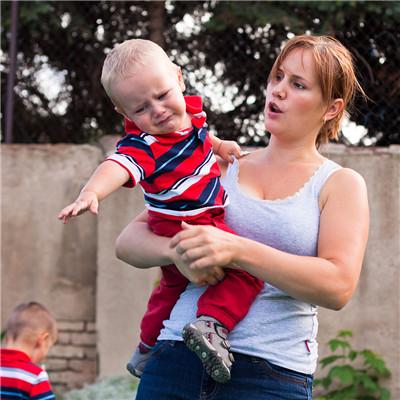Fight cerebral hemorrhage symptom?
summary
Intracerebral hemorrhage, also known as cerebral hemorrhage, refers to the spontaneous hemorrhage in the non traumatic brain parenchyma. The causes are various, and the vast majority are caused by the rupture of blood vessels of hypertensive arteriosclerosis, so some people also call it hypertensive intracerebral hemorrhage. There is a close relationship between cerebral hemorrhage and hypertension: hypertensive patients have about 1 / 3 chance of cerebral hemorrhage, and about 95% of patients with cerebral hemorrhage have hypertension. Intracerebral hemorrhage is a common acute cerebrovascular disease in middle-aged and elderly people, with high mortality and disability rate. It is the highest mortality clinical type of cerebrovascular disease in China. Fight cerebral hemorrhage symptom? Let's talk about it.
Fight cerebral hemorrhage symptom?
Internal capsule hemorrhage: is the most common bleeding site. Its typical clinical manifestations are contralateral "three deviation" (hemiplegia, hemiparesthesia, hemiblindness). The range of internal capsule hemorrhage is large and the symptoms of nerve damage are serious. However, if the bleeding is located on the lateral side of the internal capsule and mainly damages the external capsule, the clinical symptoms are more mild, unconsciousness, hemiplegia and prognosis are better.

Thalamic hemorrhage: if it belongs to unilateral thalamic hemorrhage, and the amount of bleeding is small, it shows contralateral paresis, contralateral hemiparesthesia, especially proprioception. If the amount of bleeding is large, and the damaged part affects the contralateral thalamus and hypothalamus, there will be coffee like vomit, frequent vomiting and spray, polyuria, urine sugar, quadriplegia, double eyes looking at the tip of the nose, etc. The condition is often critical and the prognosis is not good.

Lobar hemorrhage: also known as subcortical white matter hemorrhage, can occur in any lobe. In addition to headache and vomiting, the clinical manifestations of hemorrhage in different cerebral lobes are also different. Such as frontal lobe hemorrhage can appear mental symptoms, such as restlessness, doubt, contralateral hemiplegia, motor aphasia, etc; Contralateral sensory disturbance occurred in parietal hemorrhage; Temporal lobe hemorrhage can cause sensory aphasia and mental symptoms; Occipital hemorrhage was most common in hemianopia. The general symptoms of lobar hemorrhage are slightly lighter, and the prognosis is relatively good.

matters needing attention
Life should be regular. The elderly can do what they can, but they should not be too tired. Control hypertension.












